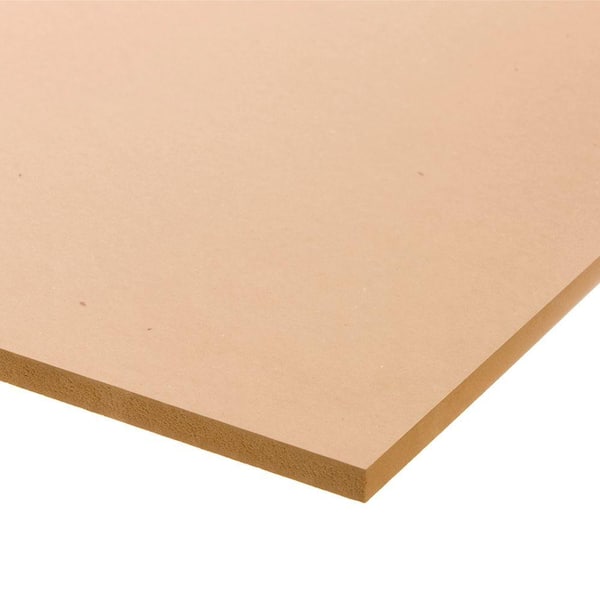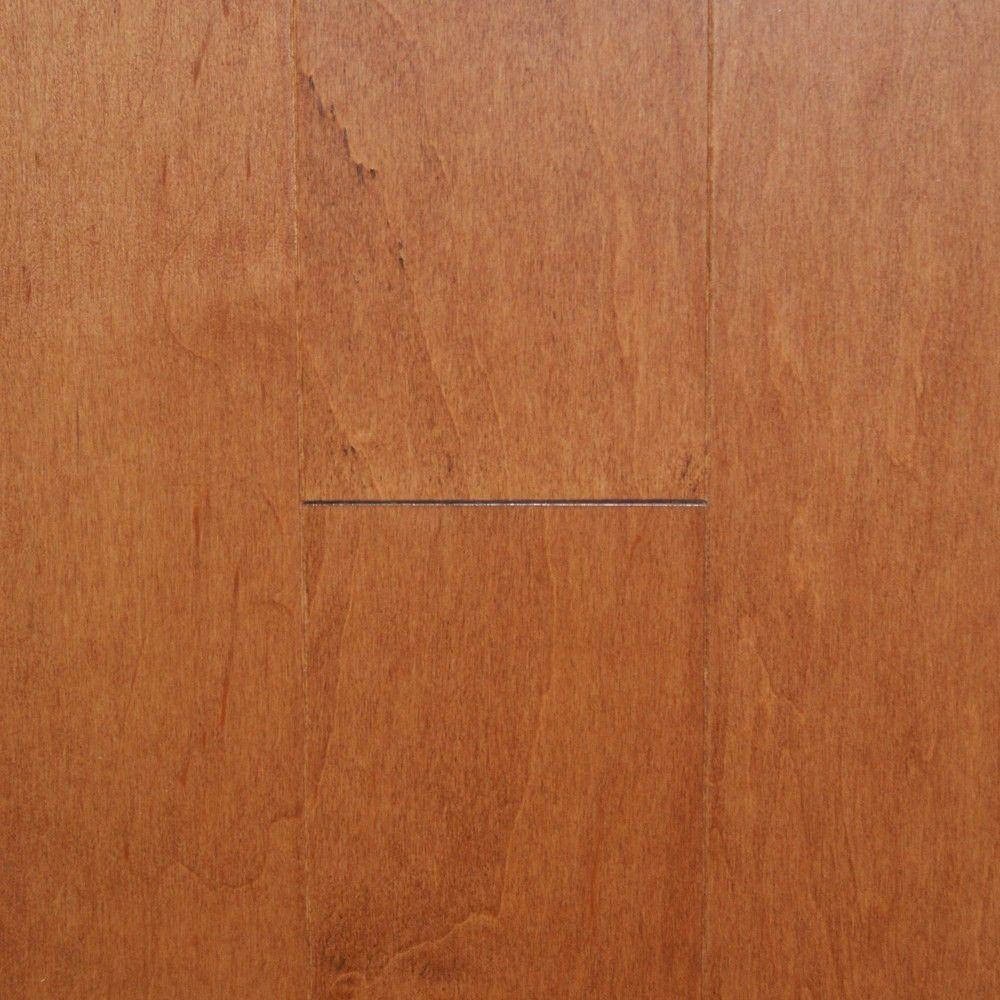

According to the American Wood Council, the National Institute of Standards and Technology permits stores to label lumber with nominal dimensions. The size labels now have a new requirement. However, there was one change that the courts mandated. The courts eventually found that the use of nominal lumber sizes was long-standing. Builders, engineers, architects, buyers, and sellers are familiar with the differences between nominal and actual lumber sizes. The courts eventually found that the US of lumber sizes is in nomina l inches in and in millimeters in other countries. They also brought a few hardware and building supply chains for false advertising by selling lumber that they maintained, was undersized. Therefore, you can cut the boards a little smaller than 2×4 inches and still leave it large enough to dress after drying at 1 ½ inches thick and 3 ½ inches wide.Ī few years ago consumer groups brought several lawsuits against some of the big box stores.
#ACTUAL THICKNESS OF 3 4 PLYWOOD FULL#
Today, modern sawing, drying, and planing technologies are much more precise than cutting green to a full 2×4 inches. Surfacing removes up to an additional ¼ inch from both dimensions. Green southern pine lumber shrinks in width and thickness as it dries. However, after drying and surfacing, the boards became smaller, approaching the now standard 2×4 dimensions of 1 ½ x 3 ½ inches. Originally, a 2×4 was cut as a rough green piece that was close to a full 2 inches thick and 4 inches wide. The actual measurements are the final sizes after drying and surfacing. The derivation of nominal measurements was from a board’s size before its drying and surfacing on all 4 sides. Why are the nominal dimensions of lumber larger than the actual dimensions? This is a well-established industry practice. The reason for the differences is because lumber sizes are traditionally given in their nominal size. The first dimensions are its nominal ones, the second measurements are its actual or minimum dressed sizes. Why isn’t the 2×4 at the lumber yard 2 inches thick and 4 inches wide? The 4×4’s are 3 ½ x 3 ½ and the 1×6’s are ¾ of an inch thick and 5 ½ wide.

To the novice do it yourselfer softwood lumber sizes can be hard to understand. LP® FlameBlock® Fire-Rated OSB Sheathing.Moistureshield Composite & Capped Decking.


 0 kommentar(er)
0 kommentar(er)
